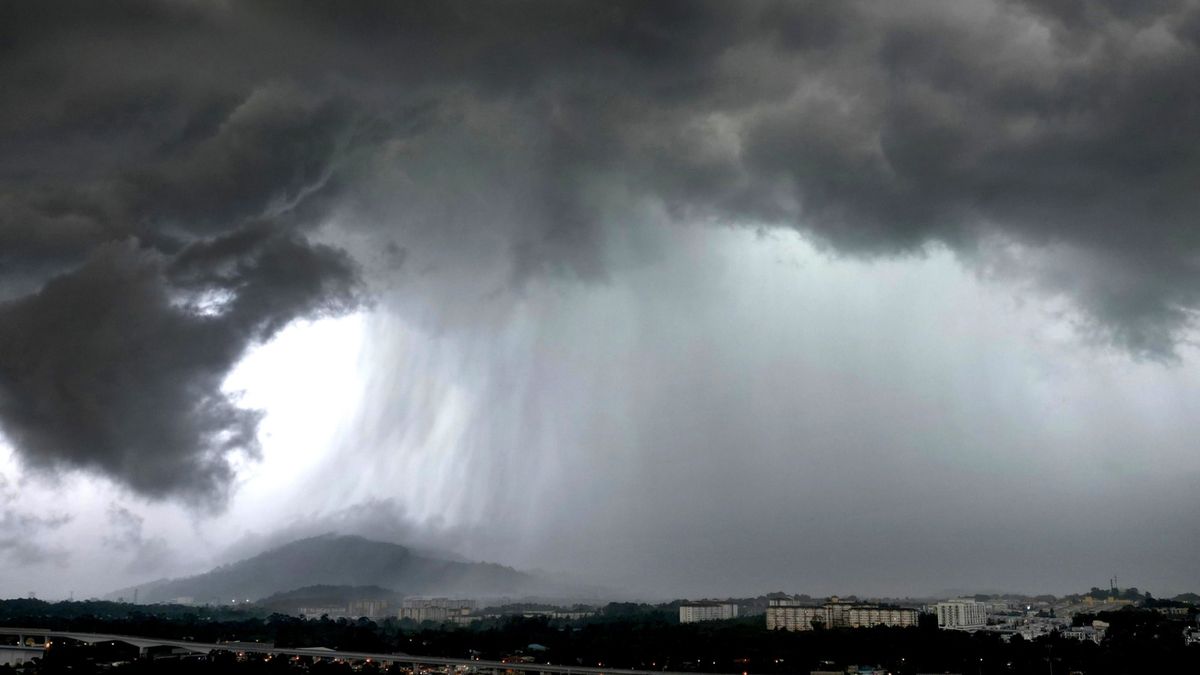China has a chokehold on the world’s supply of critical minerals – and experts are warning the situation is a major risk to US national security if the government doesn’t step up its efforts to compete.
Control over rare earth metals – which are needed to build everything from the semiconductors that power iPhones to wind turbines, electric vehicle batteries and military weaponry like tanks and missiles – have become a key point of friction and souring trade relations between the US and China.
Burdensome regulations and decades of lackluster investment have left the US dangerously reliant on China – which mines up to 70% of the world’s critical minerals, controls roughly 90% of the processing capacity and regularly uses unfair trade tactics to press its advantage, sources told The Post.
“The fact that we are reliant on China for defense equipment is just a completely unfathomable and untenable situation,” said Pini Althaus, CEO of the New York-based firm USA Rare Earth.
If diplomatic relations get worse or an actual conflict breaks out the two countries, US lawmakers and experts fear that China, led by President Xi Jinping, could cut off the supply entirely – with disastrous consequences for the US auto industry, tech firms and the Pentagon.
“Quite frankly, they can turn off the faucet,” Althaus added.
China’s decades-long effort to corner the market is heavily subsidized by Beijing, which uses its control over the supply to manipulate prices and enacts ever-tighter export controls to cement its dominance. China has also snapped up mineral rights throughout Africa and other resource-rich locales as part of its Belt and Road Initiative – on highly favorable terms.
When the US or other rivals make progress on mining or processing a particular material, such as gallium or lithium, China often responds by flooding the market – which sends prices tumbling and kills the incentive to invest in projects, according to Rep. Rob Wittman (R-Va.), who leads the House Select Committee on China’s Critical Minerals Policy Working Group.
“They dump massive amounts of these materials on the market and they do that below the cost of production – so these companies can’t even compete,” Wittman added.
China has already begun to weaponize its control – in part by implementing export bans on mining and processing technology. Last month, China banned exports of three critical minerals to the US – gallium, germanium and antimony – and previously imposed restrictions on shipments of graphite.
The idea of a total embargo isn’t so far-fetched. In 2010, China briefly halted shipments of rare earth elements to Japan while the two countries were embroiled in a territorial dispute.
China has an estimated 44 million tons of rare earth reserves – or 34% of the worldwide total, according to US Geological Survey data. By comparison, the US has about 2.3 million tons of reserves.
Despite the disparity, the US “absolutely has significant deposits” of key minerals, according to Wittman, who points to sites in Minnesota, Nevada and California as well as vast untapped sources in the seabed that could be claimed.
The US began moving away from rare earth mining in the 1980s as environmental concerns gave rise to increasingly rigorous permitting and licensing rules. As businesses looked offshore for their supply needs, mining profits diminished and domestic production dwindled.
As of now, the permitting process is “still very cumbersome,” according to Barbara Arnold, a professor of mining engineering at Penn State University.
Standards are far more rigorous in the US than other countries like Canada and Australia. The process of getting a new project off the ground is costly and difficult, which has disincentivized firms from exploring for new mining sites.
“From the time that you actually locate a deposit of something to the time that you’re actually producing it, it can be 20 years. It can be 10 years just to get the permits,” said Arnold. “Those are all absolutely needed, but there should be a mechanism to get those permits through more expeditiously.”
By comparison, China imposes few environmental restrictions on its mining projects – and has built a domestic supply chain “contaminated with forced labor and environmentally degrading mining and refining practices,” according to a recent report by the select committee.
“China would be the opposite extreme, meaning there’s almost no permitting rigors whatsoever,” Althaus said.
To strengthen its supply chain outside of China, the US should aim to ramp up partnerships with Canada and Australia, according to Althaus. Resource-heavy countries in Central Asia and Africa, which have traditionally fallen under China’s sway, are another option.
On the domestic front, US government support for early-stage exploration of criminal minerals and local processing capabilities would go a long way, he added.
Canada, for example, offers “flow-through shares” that make investments in so-called junior mining outfits tax-deductible. The smaller firms handle site exploration and assess the feasibility of a given site, then approach larger firms to bankroll operations.
Last month, Wittman and his colleagues introduced a trio of bills aimed at boosting the US critical mineral supply chain and limiting dependence on China.
The bills would authorize more funding for US collaboration with friendly nations on critical mineral supply chains; impose export controls on domestic battery and magnet materials; and set up a “Resilient Resource Reserve” that would help protect US producers from China’s price manipulation.
“We are not going to combat them in any other way other than having an alternative to what China does. And I think we can do that, and I think we can do that quickly,” Wittman said.














